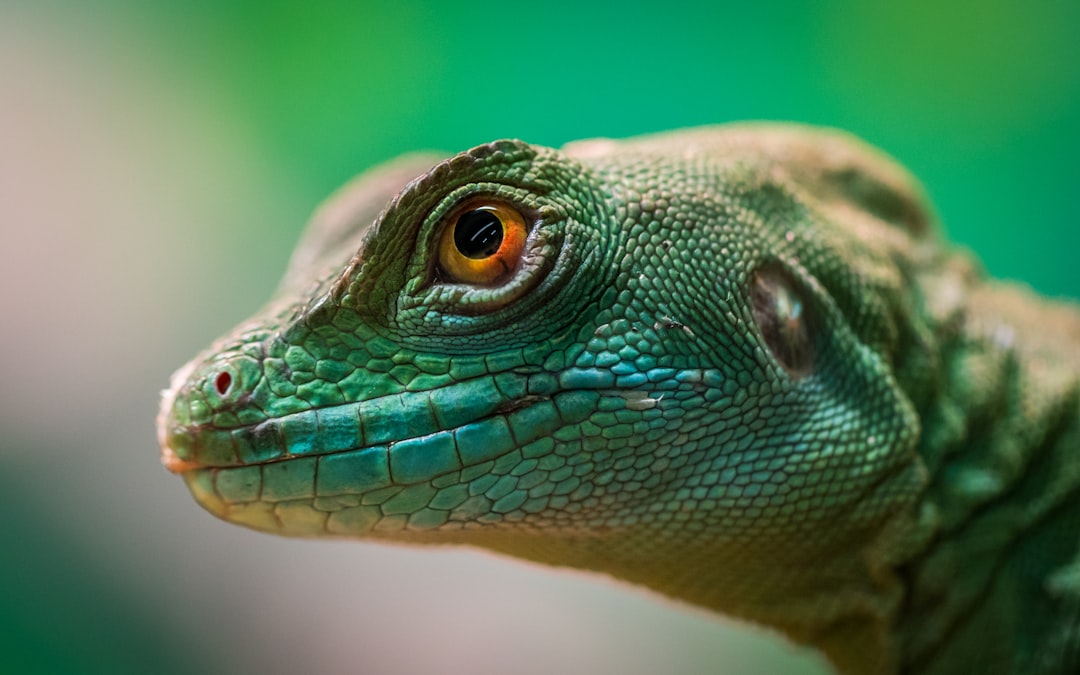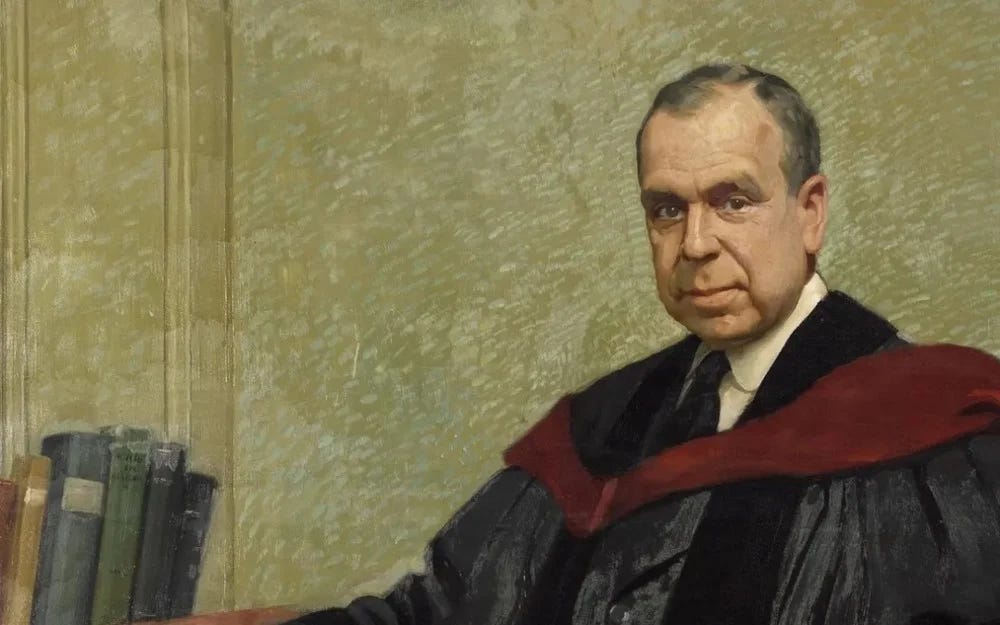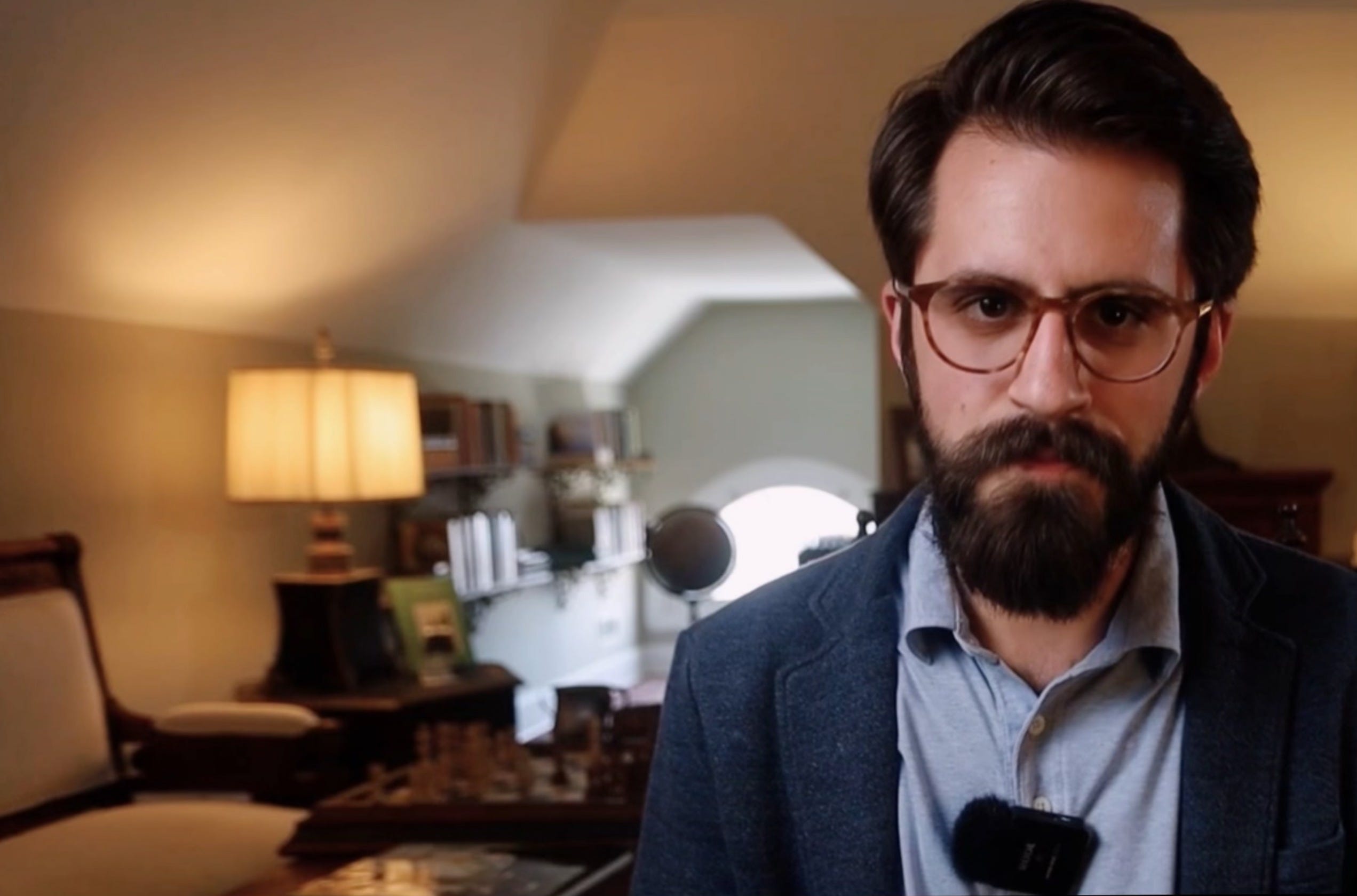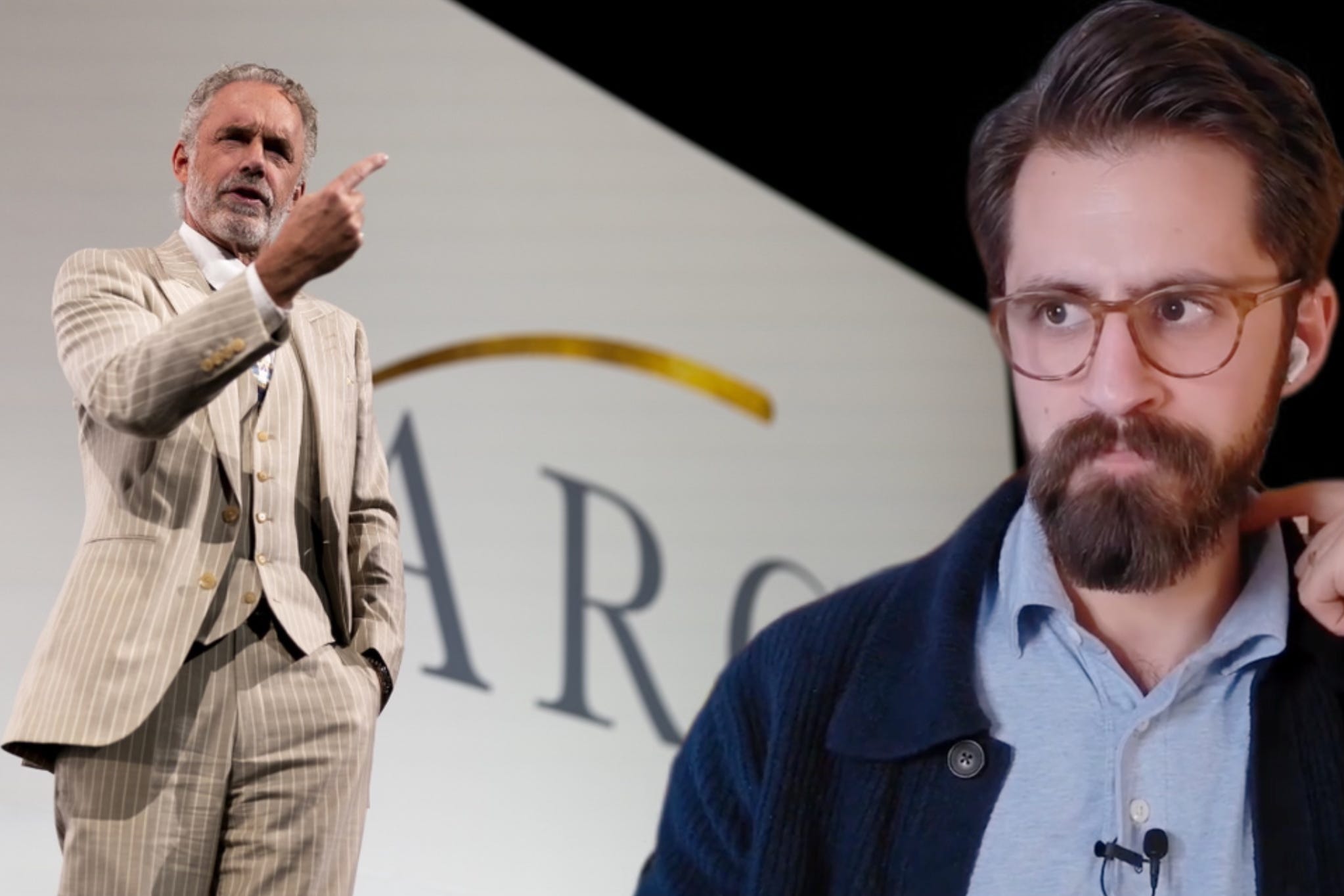Natural Selection Only Explains a Fraction of Biological Adaptation
Description
In A Natural History of Natural Theology, my late professor Helen De Cruz (1978-2025) and husband Johan De Smedt write that “most modern versions of the design argument do not take natural selection and its principle of cumulative selective retention into account as a viable explanation” (75).
Advocates of the design argument have not proven that the argument remains valid after Darwin; they—we—have simply ignored natural selection.
Dr. De Cruz, who served on the committee for my dissertation prospectus, died this June at the age of 46 of an aggressive illness. She left behind two children and a husband. Her work in philosophy was truly remarkable, not to mention her prior Ph.D. in art history, her fiction-writing, and lute-playing(!). While this article engages in criticism, it arises from deep respect for her amazing, cross-disciplinary scholarship.
However, while De Cruz and De Smedt argue that contemporary natural theologians ignore natural selection, their own description of natural selection is simplistic.
They illustrate the process with an example of Richard Dawkins’. And they begin with an important admission:
The likelihood that a computer program that generates random combinations of letters will produce by pure chance a phrase from Shakespeare’s Hamlet, such as METHINKSITISLIKEAWEASEL, is vanishingly small.
(I did the math; that’s less than 1 in 1032!)
But here’s how natural selection can overcome this probability threshold:
However, allowing the computer to retain the correct letters at each attempt will produce the sentence in no more than 23 × 26 = 598 runs.
Allowing the computer to retain the correct letters at each attempt?
That’s not natural selection. That’s cheating.
What I greatly respect about Dr. De Cruz’s work is its careful integration of science with philosophy and theology. For example:
But on this point, I find myself disappointed.
I had hoped for a robust analysis of wherein modern evolutionary science conflicts with the design argument. Instead, I find an inaccurate overestimate of the power of natural selection, with the assumption that natural selection is the sole causal source of biological evolution.
De Cruz and De Smedt are also dismissive toward Bill Dembski and the theory of Intelligent Design. (At least they are willing to cite Dembski!) As a result, I find myself craving more accurate analysis of the power and limits of modern evolutionary theory and the remaining viability of teleological thinking in science and philosophy.
In this article, I’ll argue that De Cruz and De Smedt’s analysis of natural selection assumes the presence of design and, citing Bill Dembski’s recent article on “the conservation of information,” argue that natural selection explains only a fraction of biological diversity.
While structural biologists, admitting the problem, propose additional mechanisms of evolution, I conclude that no naturalistic explanation of the origin of biological diversity yet exists. The design argument, therefore, remains as viable as ever.
To support research exploring academic heterodoxy on evolution, please consider upgrading to a paid subscription to The Natural Theologian. You’ll also get exclusive access to paid posts.
1. Natural Selection…Plus Additional Programming
In his analysis of the origin of biological forms, Aristotle discussed three kinds of cause: Chance, Necessity, and Purpose.
(This is distinct from his “four causes” idea.)
In his contemporary defense of the design inference, Dembski discusses the same three, calling them “chance, regularity, and design.”
But De Cruz and De Smedt argue that this is to ignore a fourth causal option that modern science has turned up: Natural selection.
Admittedly, natural selection is not independent of the other three causes. It is a combination of chance and regularity, and purportedly, it mimics or creates the appearance of design.
On this analysis, Aristotle’s trichotomy has been superseded by Darwin’s tetrachotomy. Hence, contemporary teleologists, including intelligent design theorists, are working with an outdated palette of options.
For pre-Darwinians like Aristotle and Cicero, and even William Paley, “natural selection was not in the pool of possible explanations,” De Cruz and De Smedt admit. But for modern advocates “of the design argument,” De Cruz and De Smedt allege that they “do not take natural selection and its principle of cumulative selective retention into account as a viable explanation” (75). Modern advocates of design are simply ignoring the advance made by Darwin’s discovery of natural selection.
But as revealed in the above example, De Cruz and De Smedt confuse natural selection’s combination of chance and regularity with the workings of a pre-programmed filter.
While the chance of producing METHINKSITISLIKEAWEASEL by chance is prohibitively low, they argue that, by the “principle of cumulative selective retention,” a computer could reduce the odds from <1 in 1032 to something that could be produced in less than 600 attempts:
Allowing the computer to retain the correct letters at each attempt will produce the sentence in no more than 23 × 26 = 598 runs.
But a computer program that “retained the correct letters at each attempt” would not be a combination only of chance and regularity, but of chance, regularity, and design.
Chance is involved in the mechanism of random-letter-generation.
Regularity governs the mechanical working of the computer’s selection mechanism.
But allowing, i.e., programming, a “computer to retain the correct letters at each attempt” would require design.
While De Cruz and De Smedt are confident that “Darwin…came up with natural selection as a naturalistic explanation of design,” their own description of its workings—even as highly-educated, scientifically-informed philosophers over a century and a half after the publication of On the Origin of Species—tacitly invokes design.
2. Information In, Information Out
This week, mathematician and philosopher Bill Dembski shared on his Substack an academic article he published earlier this month: “The Law of Conservation of Information: Search Processes Only Redistribute Existing Information.”
In that article, Dembski argues the following:
Conservation of information sparked scientific interest once a recurring pattern was noticed in the evolutionary computing literature. In grappling with the creation of information through evolutionary algorithms, this literature consistently revealed that the information outputted by such algorithms always needed first to be programmed into them.
Thus, the primary goal of this literature—to uncover how information could be created from scratch or de novo—was shown to be misconceived: the information was not created but instead shuffled around or smuggled in, implying that it already existed in some form or other.
Information output in these situations therefore always presupposed a counterbalancing input of prior information.
In other words, mechanistic processes are incapable of producing new information. The most a mechanistic process can do is shuffle it around or destroy it.
Accordingly, while natural selection was an important scientific discovery, it does not have the power to produce new biological information (or lines of Shakespeare). It can only reshuffle or destroy existing information.
Consider an example of biological evolution for which the mechanism of natural selection is adequate: The evolution of the polar bear.
Scientists believe that the polar bear shares a common ancestor with the brown bear and the North American black bear. The evidence of this is their shared genetic material, less two notable mutations.
One mutation is to a gene
involved in fat metabolism, which allows the polar bear to have a diet that ‘contains a very large proportion of fat (much higher than in the diet of brown bears)’ (Behe, Darwin Devolves, 16). The second gene “is associated with pigmentation, and changes in it are probably responsible for the blanching of the [polar bear] ancestors’ brown fur” (17).
(I wrote about this here.)
Yet both mutations, when they occur in other mammals, are damaging.
“When the same gene is mutated in humans or mice, studies show it frequently leads to high levels of cholesterol and heart disease” (Behe, 17).
Likewise, the loss of pigmentation in the fur was a loss of functional genetic material, not the creation of a new gene for white fur.
As I once summarized it,
“Scientists have reas
























